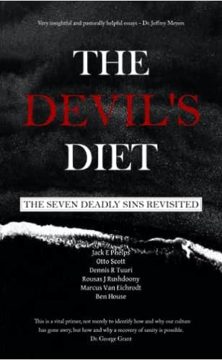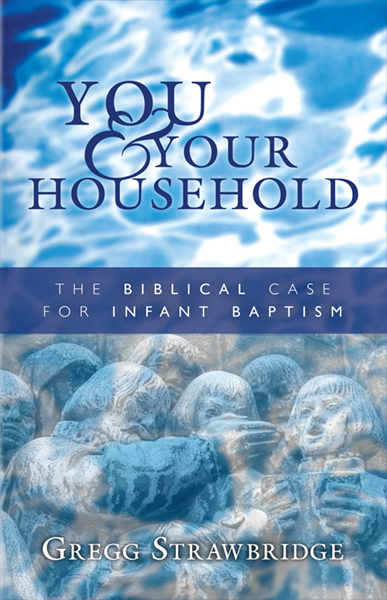By Peter Leithart
Mike Allen of Reformed Theological Seminary, Orlando, scores some points in his review of The End of Protestantism. He lodges the fair complaint that my rhetoric sometimes outruns my evidence. He argues that more stress on the present reality of the church’s unity deepens the tragedy of division; divisions in the church “straightforwardly oppose reality.”
Of course, I have parries to these criticisms. The complaint about rhetoric misconstrues the genre of the book, which is sermonic rather than academic. Sermons need arguments too, but sermons aim to move, not merely to convince.
Mike is right that I don’t provide complete arguments or probative evidence for many of my assertions, that doesn’t mean there are no arguments or evidence to present. In some cases, I mistakenly wrote as if the reader would be familiar with my other work, where I offer fuller arguments. Mike is also right that my assertion that “nothing has so weakened our witness as our tragic divisions” is unprovable. But there’s plenty that makes it plausible – the New Testament’s forceful emphasis on unity as a part of the church’s witness, the testimony of unbelievers over several centuries, and the cultural effects of the church’s fragmentation documented by writers like Brad Gregory. (I suspect Mike is as skeptical of Gregory as he is of me, but I’ll leave that for another day.)
Some of his other criticisms miss the bull’s eye. Mike thinks he can rebut my discussion of global Christianity by saying that the globalization of the church is likely to make Christianity more “fissiparous” rather than more unified. But I make exactly that point (p. 128), and his criticism misrepresents my argument in any case. The north-south inversion of Christianity isn’t evidence that “unity is just around the corner” (Mike’s mischaracterization, not my words). Along with the softening of Protestant-Catholic and East-West boundaries, it’s evidence that God is busting up the old world of post-Reformation Christianity, an end that offers opportunities for fresh beginnings. Mike doesn’t think these trends have much of anything to do with one another, but, working within the biblical paradigm I outline in chapter 8, I take both trends as signs of what appears to be an epochal internal restructuring of Christianity.
Mike’s point about the present unity of the church is criticism of a different order and requires a different sort of response. Like many, perhaps most, Reformed thinkers, Mike takes the present unity of the church as an invisible or heavenly unity, and characterizes my position as illegitimately empirical. Mine, he charges, is an ecclesiology of sight rather than faith. He acknowledges that I occasionally speak of present unity (p. 28), but thinks that present unity doesn’t play a large enough role in my book.
Let me attempt a slight restatement of my position that I hope takes account of Mike’s criticisms.
For starters, a methodological remark that addresses one of the underlying issues in Mike’s review: He characterizes the “underlying logic” of my book as “sociological” rather than “theological.” I don’t accept the criticism because I don’t acknowledge that disciplinary separation. More positively, I write from the conviction that theology is inherently sociological and that biblically-informed history-writing is a mode, and should be one of the chief modes, of theology. Are Samuel and Kings political science or theology? Is Acts history or ecclesiology? To my way of thinking, The End of Protestantism is a thoroughly theological treatise.
To the question of unity more particularly: An empirical test is integral to the biblical portrayal of unity. Jesus prays the church would be unified enough for the world to recognize it (John 17:21, 23). This cannot be a unity discernible only to faith, since Jesus expects the world to discern it. If our unity doesn’t show the world that the Father sent the Son, it’s not the unity Jesus prayed for.
On the basis of Ephesians 4:4-6, Mike argues that the unity of the “one body” is a present reality but not an empirical reality. The unity must be the unity of the invisible church. “God reveals oneness first as a gift in the present” that “must be maintained.” It “can be stretched and even scandalized” but remains inviolable. In the midst of stretch and scandal, we need to view the church theologically rather than sociologically or empirically.
This is a questionable reading of Ephesians. Nothing in the passage suggests that Paul is speaking of an invisible body (a strange category in any case). Immediately after the “poem” on oneness, Paul writes of gifts distributed by the ascended Lord Jesus to His church (vv. 7-11), gifts including visible apostles, prophets, evangelists, pastors and teachers who build up what must be the visible “body of Christ” (v. 11). Does it make sense to say that “body” in verse 4 is an invisible company when “body of Christ” in verse 11 is a visible communion? What warrants the insertion of a visible-invisible distinction? It seems more straightforward to conclude that for Paul the unity of the body is as visible as the unity of baptism. (more…)
Read more
























